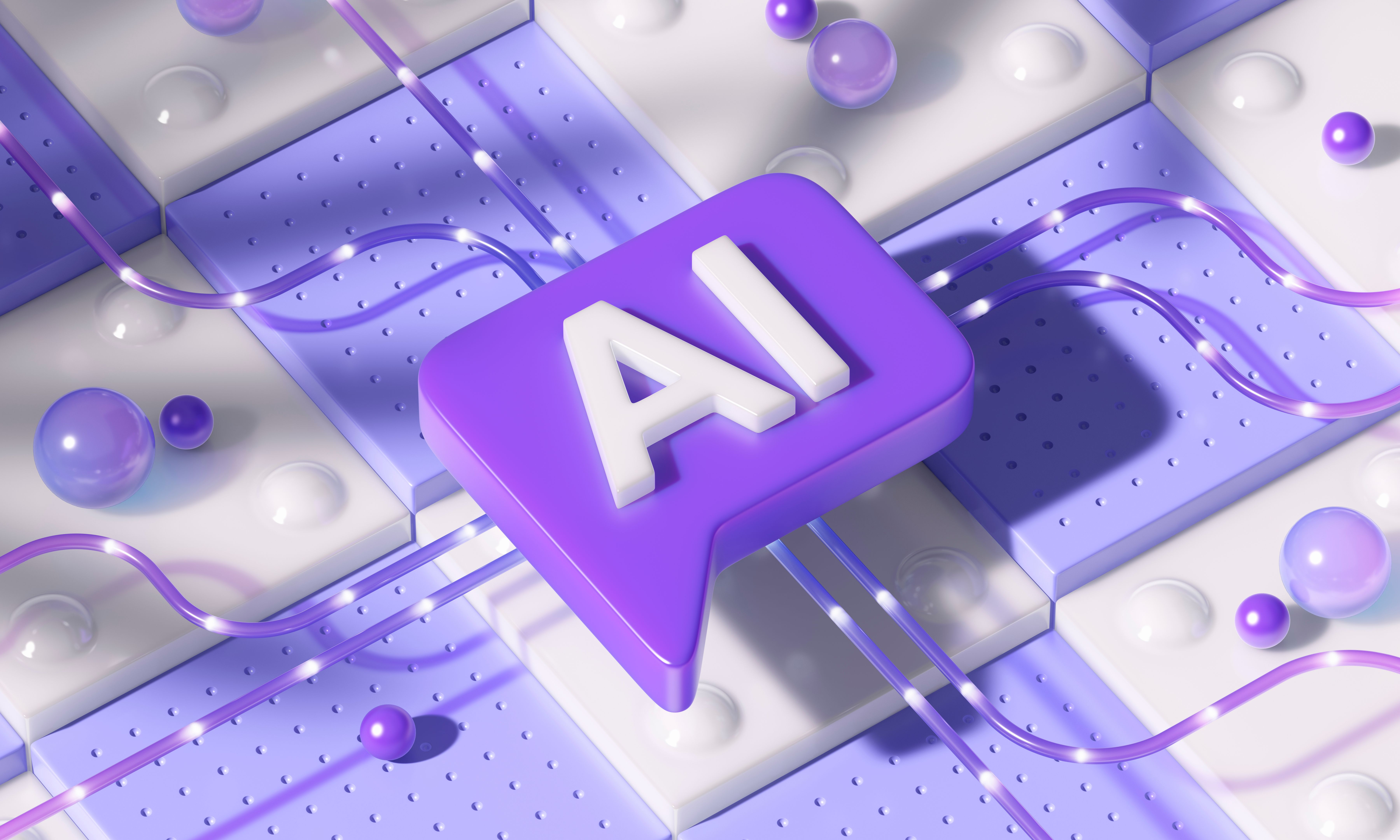DeepSeek R1: A New Era in AI Innovation and Trust
On September 17, 2025, something unusual happened in the AI world. A Chinese startup called DeepSeek had its latest AI system, the R1 model, published in Nature, one of the most prestigious science journals in the world. That might sound like a small detail — but it’s historic.
Why?
Because this is the first time a major AI model has been fully peer-reviewed like a scientific discovery. Until now, most AI announcements came through blog posts or splashy press releases. Impressive demos, sure but trust us, we built it. DeepSeek put their model through independent, academic scrutiny. That’s new.
And that’s not the only reason people are paying attention.
What Makes DeepSeek Different
1. Cost efficiency
Training AI usually costs millions, even tens of millions of dollars. DeepSeek claims it trained R1 for just $294,000. That’s not pocket change, but it’s a fraction of what rivals spend. Imagine someone building a rocket that costs 1% of NASA’s budget — and it actually flies.
2. Hardware workarounds
The U.S. banned certain high-end Nvidia chips from being sold to China. DeepSeek still found a way. They used slightly less advanced, still-legal versions (the H800 chips), and made them work with clever engineering. In short: export bans didn’t stop innovation, they forced creativity.
3. Open access
R1 isn’t locked up. The model is freely downloadable, and as of now, it’s been downloaded over 10.9 million times on Hugging Face, a popular platform for AI tools. Think about that: it’s not just one lab playing with this—it’s researchers, startups, maybe even high-schoolers worldwide.
4.Clarity about data
Many AI companies are vague (or evasive) about how they train their models. DeepSeek addressed a big suspicion head-on: R1 was not trained on competitors’ outputs like ChatGPT. Instead, it relied on reinforcement learning — a trial-and-error process where the model learns to “reason” by being rewarded for correct steps.
5. Market shockwaves
When DeepSeek first released R1 in January, U.S. tech stocks fell sharply. Why? Because investors suddenly realized: powerful AI can come from outside Silicon Valley — faster, cheaper, and just as credible.
Why This Is a Big Deal (Even If You’re Not Technical)
AI just got cheaper. The entry ticket to build powerful models isn’t tens of millions anymore. It’s hundreds of thousands. That lowers the barrier for universities, startups, and governments worldwide. Expect a flood of new players.
Peer review raises the bar. Until now, companies like OpenAI and Google could say “trust us, it works.” DeepSeek went the extra mile by letting scientists tear into their methods. This pressures the whole industry: if one company can prove its work, others will be asked why they can’t.
Export bans don’t guarantee control. The U.S. thought restricting chips would slow down China’s AI race. Instead, DeepSeek proved you can build something remarkable without the best hardware. Restrictions slowed, but didn’t stop them.
Open access is a double-edged sword. Millions of downloads mean innovation will accelerate. But it also means misuse becomes easier. Anyone with enough skill and imagination could adapt the model — for teaching, for research, or for harmful purposes.
The balance of power is shifting. If AI capability spreads more widely, the competitive edge moves from “who can build it” to “who can use it responsibly.”
What This Means for the Rest of Us
AI won’t just come from America anymore. For decades, the tech world has been dominated by U.S. companies. DeepSeek is a sign that the future will be multipolar — China, Europe, and others will play big roles.
We’ll see more AI in daily life, faster. When models become cheap and open, they show up in more products, schools, and workplaces. It won’t just be Microsoft and Google embedding AI everywhere — local startups will too.
Safety questions get sharper. A peer-reviewed paper tells us how DeepSeek built R1, but it doesn’t solve every problem. Can R1 spread misinformation? Can it be hijacked for scams? Those questions remain.
Trust is the new currency. If cost is no longer the barrier, the scarce thing becomes credibility. Which models do we trust to handle sensitive data, to teach our kids, to help our doctors? The answer won’t just depend on who’s fastest, but who’s most transparent.

The Bottom Line
DeepSeek’s R1 is a breakthrough — not just technically, but symbolically. It proves three things at once:Powerful AI can be built outside Silicon Valley.It doesn’t have to cost a fortune. And it can stand up to real scientific scrutiny.
But here’s the hard truth: the genie is out of the bottle, again. What used to be rare — cutting-edge AI — is now cheap and downloadable. That means innovation will spread faster, but so will risk.
The question isn’t “Who will build the next big model?” anymore. That’s already happening everywhere.
The real question is: “Who will take responsibility for how these models are used?”Because in the end, capability without accountability is just another way of saying: we’re not ready.

DeepSeek R1 is more than just an AI system; it is a testament to what is possible when cutting-edge technology meets responsible innovation. As industries continue to embrace this new era, the impact of AI will be felt across all facets of society. With DeepSeek R1 leading the charge, the future of AI innovation and trust looks brighter than ever.